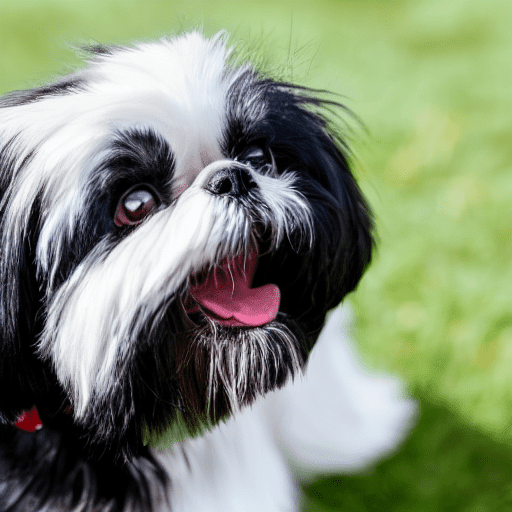Dogs are wonderful creatures that can bring endless joy and companionship to our lives. However, as cute as puppies may be, their playful and curious nature often leads to biting and chewing. While it may seem like harmless behavior, it’s important to teach your puppy good mouth manners early on to avoid potentially dangerous situations in the future. In this article, we’ll explore effective techniques to teach your puppy good mouth manners, and how to prevent unwanted biting and chewing behavior. With the right training and guidance, you can transform your unruly puppy into a well-behaved companion that you can enjoy for years to come.
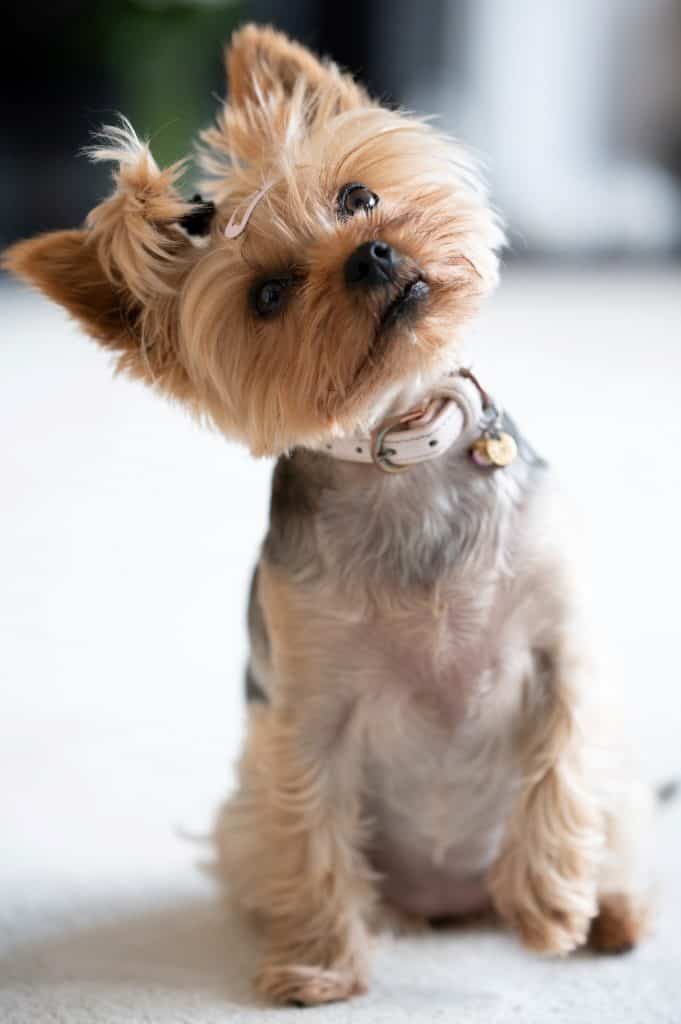
Importance of teaching your puppy good mouth manners
Puppies are born with all their teeth, and by the time they’re around six months old, they have a full set of adult teeth. That’s a lot of new teeth coming in all at once, and it can be painful! To help your pup through this teething phase, it’s important to start teaching them good mouth manners as early as possible.
Good mouth manners don’t just mean not biting – although that is definitely important! – but also things like not licking people’s faces, not putting their noses in people’s food, and not jumping up on people. These are all behaviors that can be very cute when your puppy is small but can become quite annoying (and sometimes dangerous) when they grow up.
Teaching your puppy good mouth manners from an early age will help them to become well-mannered dog who is a pleasure to be around. It will also make it much easier for you to train them in other areas, such as obedience commands or tricks. So if you want a dog that you can take pride in and enjoy spending time with, start your puppy manners training today!
The problem of unruly puppy behavior
Owning a puppy can be an immensely enjoyable experience – they’re full of energy, vital life, and are very loyal companions. Unfortunately, the joy that comes with puppy ownership can quickly turn to frustration with even one unruly behavior. Unruliness in puppies is caused by various factors and can be expressed as destructive chewing, excessive barking, going to the toilet inside, and disobedience.
Thankfully, such behaviors don’t have to become a regular part of having a puppy; there are many ways of teaching puppies proper behavior. Getting a good start is key with young puppies; sign them up for obedience classes or begin teaching simple commands yourself.
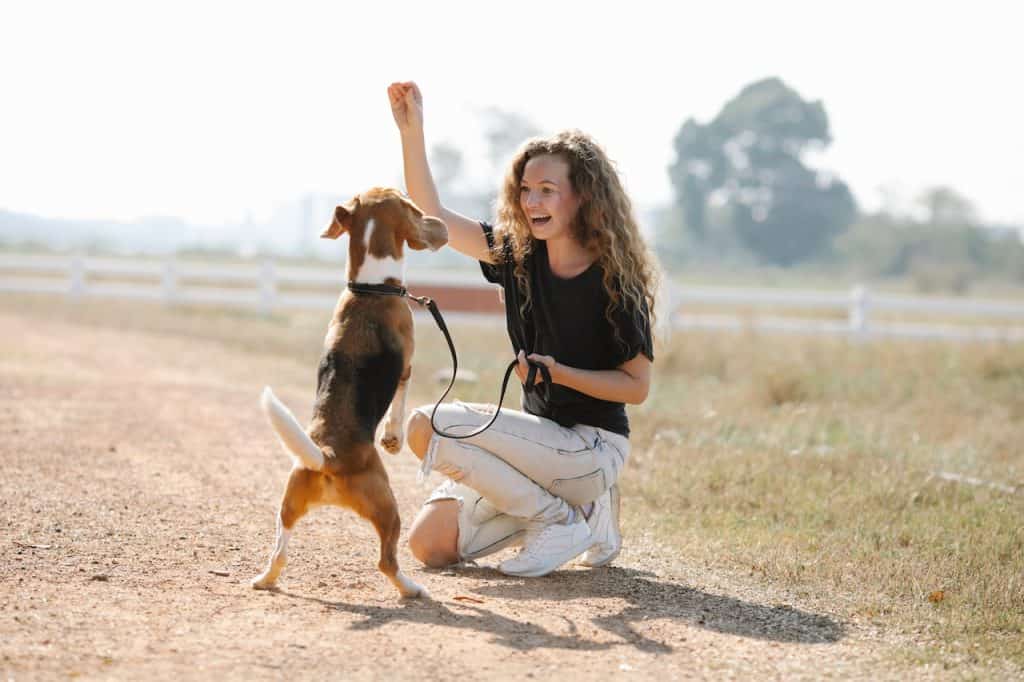
Also important is creating a positive environment for your pup:
- ensuring enough food
- providing regular playtime and exercise
- treating them sensitively yet firmly when needed
- giving them time away from training or playing to relax
With the right approach, the unruly behavior of puppies can easily be managed, so you enjoy bringing joy into your home!
How to Identify and Address Biting and Nipping Behaviors
If you have a pet prone to biting or nipping, effective strategies are available to help address the issue.
First, it’s important to determine why your pet behaves this way; it can often be due to feeling threatened or anxious.
If your pet nips or bites out of fear, providing them with a safe and secure environment can go a long way toward minimizing the behavior. Additionally, providing plenty of enrichment and regular exercise will do wonders for their mental health.
It may also be helpful to teach your pet verbal commands like “No” that let them know when their action is unacceptable in specific situations.
Ultimately, tackling any biting or nipping behaviors requires understanding why they occur and implementing solutions accordingly. With patience and careful training, these challenging actions can be undone over time, giving you and your pet more peace of mind.
Chew toys to curb the behavior
Introducing chew toys designed exclusively for dogs can help divert your pet’s energy from destructive habits like nipping and toward more productive activities.
They provide an outlet for your pup’s need to chew but do not reinforce the behavior when applied wisely. Start by redirecting the pup’s attention directly after the bite or nip occurs―providing an appropriate toy in exchange can help refocus their chewing energy. Offering rewards like praise or treats may also be helpful if your pup responds well.
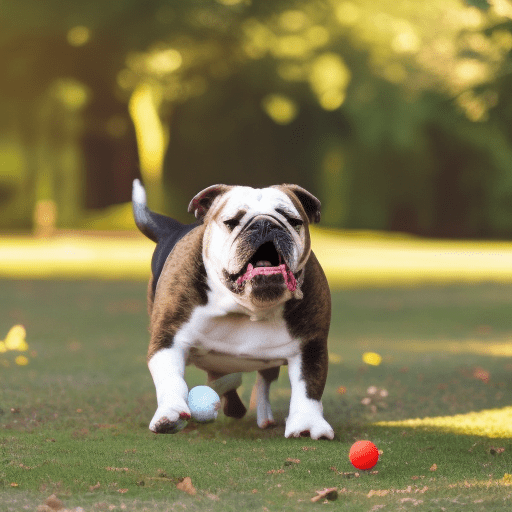
How to Establish Leadership with Your Puppy
Establishing leadership with your pup can be a daunting task, but it is not an impossible one.
To help make the process easier, it’s essential to start by understanding your pup’s emotional needs and give them the tools to feel secure. Build trust by providing positive socialization experiences, playing and cuddling regularly, and introducing new situations gradually.
When setting boundaries and rules, use calm body language, consistent repetition of commands combined with positive reinforcement, and consistent follow-through when enforcing rules to create clear expectations for your pup.
Patience is also key, as establishing leadership takes time but will ultimately benefit you.
Tips on how to Discourage Bad Mouth Habits
Training your puppy to break bad mouth habits can be challenging for any pet parent. Fortunately, there are a few tips that can help.
First, remain consistent and firm with your rules. Make sure not to waver or show an expectation of a different result when in the same situation – this will confuse your pup! Additionally, offer positive reinforcement when they behave well by providing verbal praise, affection, and treats.
When you see them chewing on an inappropriate item or engaging in other undesirable behavior, distract them with a favorite toy instead.
Finally, you must create a routine for your puppy, so they know what to expect and have enough physical activity throughout the day.
With consistency and patience, you will soon see the desired results in their behavior.
How to Reward Good Behaviors
It can be very rewarding when your puppy exhibits good behavior – and they should be rewarded! Positive reinforcement is a great way to show your puppy you’re proud of them. The key to using positive reinforcement effectively is consistency – ensure you reward your pup every time they do something good.
Try providing treats or verbal praise and give them lots of attention when they exhibit desired behaviors. This will help reinforce the notion that what they are doing is good, making it more likely for them to continue repeating the desired behavior.
The Benefits of Training Your Puppy Properly
Training your puppy may sound daunting, but it’s a necessary part of being a responsible pet parent. The time and effort that you invest early in a pup’s life will reward you with a lifetime of loyalty and companionship from your furry friend.
Teaching basic commands such as sit or stay is especially important because it helps to establish an understanding of boundaries between humans and animals. In addition, proper training teaches dogs to act obediently in all public settings, which can benefit pet owners who want to enjoy outings with their four-legged family members.
Adequately training a puppy gives them the best foundation for living peacefully in our human world.

Common Challenges and Solutions
One of the most common challenges when you try to teach your puppy good mouth manners is maintaining consistency in training. It is important to be consistent with both the words you use to cue the behavior as well as the rewards you use to reinforce it. If you are not consistent, the puppy will quickly become confused and will not learn the desired behavior.
Another common challenge is having patience and persistence when correcting unwanted behavior. Puppies are bound to make mistakes and sometimes it can be tempting to give up and let them get away with bad behavior. However, it is important to remain patient and persistent in order to teach them what is acceptable and what is not.
Lastly, managing your puppy’s environment to prevent negative behavior. This means making sure that there are no potential hazards or temptations that could lead to a bad outcome. For example, if you do not want your puppy to chew on furniture, make sure that all furniture is out of reach, especially during the teething phase, or covered with a chew-proof material.
How to train your dog to be gentle?
Training a dog to be gentle can be an enjoyable and rewarding experience for you and your canine companion. A good starting point is to build a strong bond through positive reinforcement and reward-based training.
This can help establish trust between you and your dog and create an understanding that your pup needs to display gentle behaviors when given a calm command.
Additionally, consistency with commands, such as reinforcing cues like leave it, sit, come, and stay, will help condition the focus on appropriate behavior.
Lastly, ensure enough tactile interaction in the form of petting, scratching, or brushing so your dog knows they are safe while being handled by humans.
How to teach your puppy to be gentle taking treats
Training your puppy to be gentle when taking treats is a great way to help ensure that he will grow into an obedient and responsive companion.
A critical factor in training your pup is using positive reinforcement, like a cheerful “good boy!” when he takes the treat gently or giving him extra cuddles – puppies respond best to positive reinforcement.
You can also help teach your pup how to take treats more gently by providing lots of delicious yet soft treats so that there isn’t a strong urge for them to grab it out of your hand and then run off.
Finally, work on teaching this behavior during the beginning stages while they are still an eager learner, as they may become resistant if trained later on.
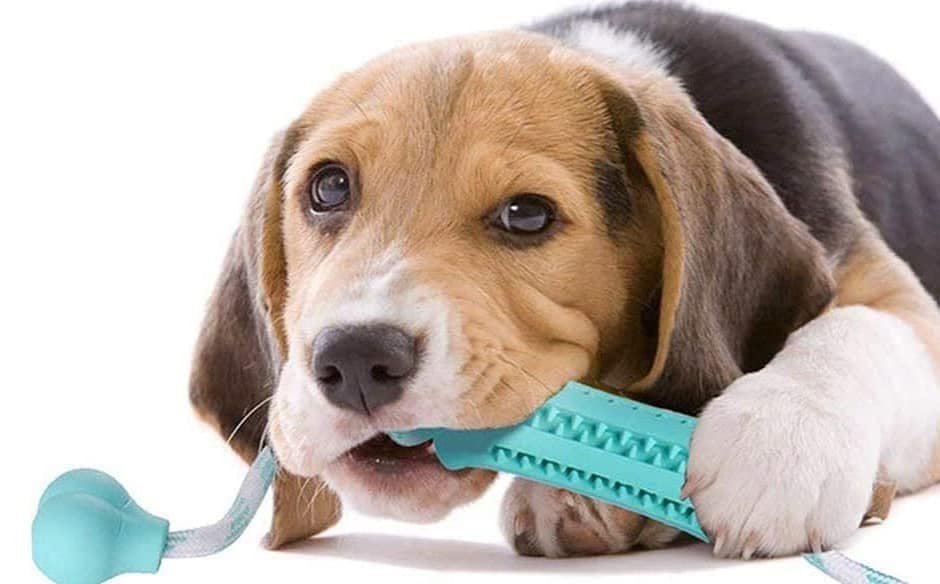
Puppy manner training
It is essential to teach your puppy good manners and how to behave in certain situations. This includes teaching them how to control their excitement, not to jump or jolt at doors, and not to nip people with their mouths.
Excitement jumping
Teaching your puppy not to jump excitedly on people is an essential part of being a responsible dog owner and having a well-mannered pup.
When they are young, teach them to wait patiently when someone greets them until they’re told it is okay to move closer and show their love with gentle licks or snuggles instead of jumping.
If you have visitors to your home, prevent unnecessary ruckus by having your pet restrained in another area until everyone has settled in for a visit.
Also, rewarding good behavior with treats and words of encouragement always encourages your pet to keep up the good habits.
Door dashing
Teaching your puppy manners around the door is integral to puppy training. The easiest way to start is with basic steps to help stop your pup from bolting out whenever the bell rings.
Firstly, ensure your pup is on a leash and supervised when near the door.
Secondly, give plenty of verbal praise when they do not dart towards the door when it opens, or someone knocks.
Thirdly, gently close the door each time someone knocks or rings the bell, coming in only after sitting politely.
Fourthly, repeat this process as often as possible until your pup has mastered not dashing out of the house every time the bell rings. Consistency is vital in training any behavior, so remain patient and understanding throughout these steps!
Bad-mouthing and nipping
Playing with your dog often includes nipping, which is normal. However, it’s important to remember that if the behavior becomes excessive, it should be stopped immediately.
Start by teaching your pup how to play correctly to prevent this from happening.
When playing with your pup, use toys instead of hands and feet since these can be used as targets for nipping.
Also, practice teaching them how to mouth gently by using a toy or a stuffed animal – when they get too rough, give them a firm “no”. If your pup continues to mouth or nip, redirect their attention with a loud noise, such as clapping your hands.
Reward gentle behavior with treats, cuddles, and verbal praises.
These are all effective ways to help teach your puppy how to have good mouth manners and enjoy playtime without getting too rough.
Puppy mouth manners are important for your pup’s future behavior.
Teach your puppy good mouth manners; Final thoughts
Training your puppy is important in creating a lasting bond and providing them with the tools to live peacefully in our human world. With patience, consistency, and positive reinforcement, you can teach your pup how to harness their boundless energy into good behaviors and reinforce their mouth manners.
So don’t wait any longer – start training your pup today to ensure a lifetime of joy and companionship!
Recent Posts
As a dog owner, you want to ensure that you take proper care of your furry companion. A common question that many pet owners have is, "Can I walk my dog 30 minutes after eating?" Understanding the...
Have you ever considered getting an elevated dog bed for your furry friend, but wondered if it's worth the investment? If so, you're not alone. As dog owners, we all want to provide the best care for...

